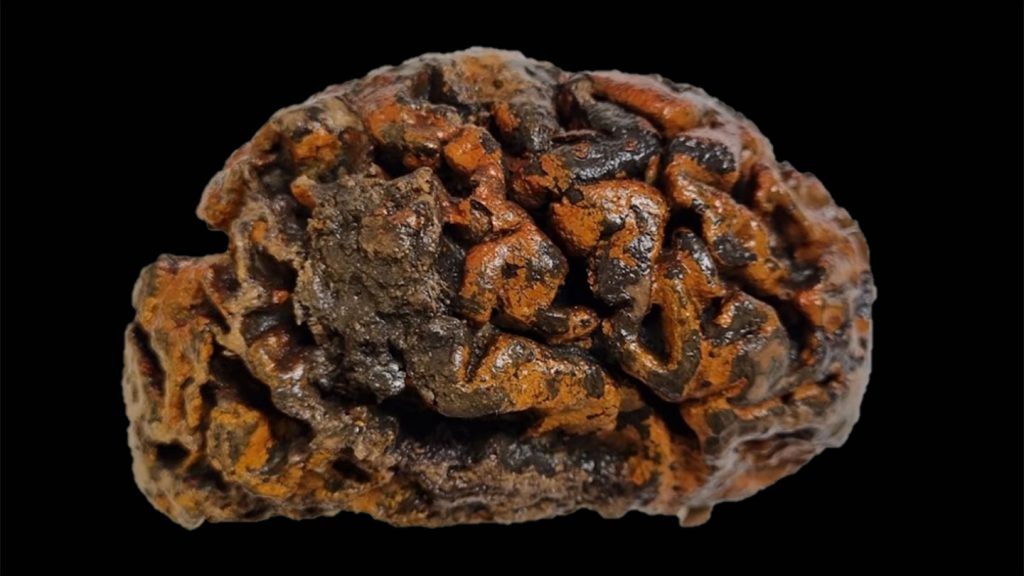Forensic anthropologist Alexandra Morton-Hayward discovered a paper describing a 2,500-year-old preserved brain, leading her to uncover a large archive of 4,400 human brains preserved in the archaeological record, dating back nearly 12,000 years. This archive includes brains from various historical figures and events like North Pole explorers, Inca sacrificial victims, and Spanish Civil War soldiers. These naturally preserved brains were previously thought to be rare but are in fact more common than originally believed. Less than 1% of this archive has been studied due to the perception that these brains are rare and precious materials that should not be disturbed.
The brains in the archive have remained remarkably well-preserved, with over a third of the samples being dehydrated, frozen, or tanned, depending on the environmental conditions in which they were found. The texture of the brains can vary from dry and brittle to squishy and tofu-like. Interestingly, about a quarter of the brains were found without any other soft tissues preserved, making them unique in their isolation. This preservation of the brains while other soft tissues degrade remains a mystery, potentially linked to the chemical composition of the brain itself.
Studies have shown that the unique ratio of proteins to lipids in the brain, at 1-to-1, could play a role in its preservation. This ratio differs significantly from other soft tissues in the body that have higher carbohydrates and different protein-lipid ratios. The presence of metals like iron in the brain could also contribute to the fusion of proteins and lipids, providing a potential explanation for the brain’s long-term preservation. Understanding these molecular interactions could shed light on why brains are preserved when other soft tissues deteriorate.
Research into brain preservation is ongoing, with new tools being utilized to gain a deeper understanding of the molecular mechanisms involved. Despite the quantity of preserved brains in the archaeological record, the reasons behind their exceptional preservation and the implications of their unique chemical composition remain areas of active investigation. By studying these preserved brains, researchers hope to uncover insights into ancient civilizations, health conditions, and perhaps even develop new techniques for preservation in modern medical contexts.


